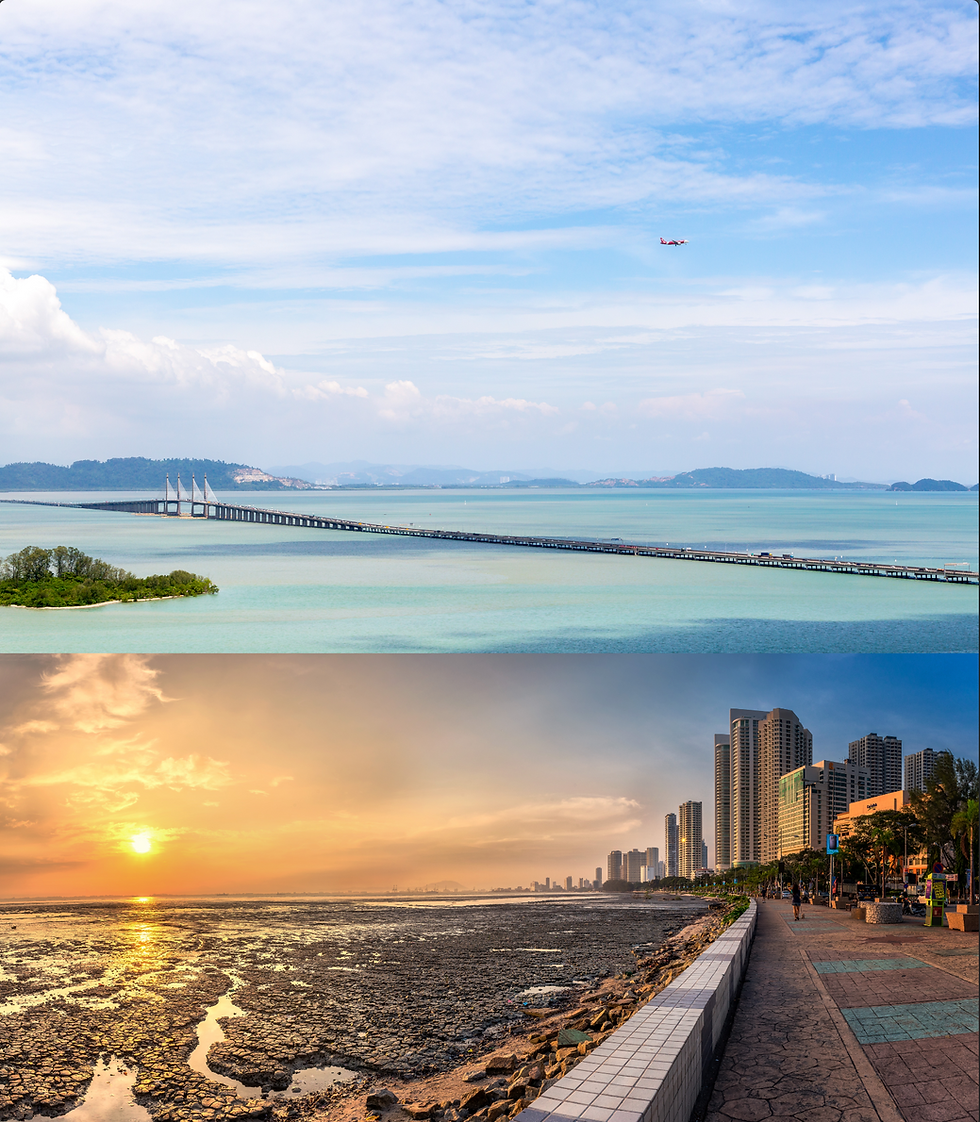Photoessay: White Wash Project
- yzhensiang

- Mar 5
- 3 min read

For years, my subconscious had been quietly shaping my understanding of photography, though I had yet to fully grasp it. Since childhood, I found magic in the way a fleeting moment could be frozen through a camera, moments of time being transformed into something tangible, appearing on the small screen at the back. It was a quiet fascination, one that never left me, even as I pursued photography without fully understanding what drew me to it.
For the longest time, I was immersed in chasing trends, crafting cinematic frames for social media, images that felt relevant in the moment yet lacked something I couldn’t quite articulate. Over time, I came to realise that photography, to me, was always about time itself, about preserving a moment as it is. The understanding had been there all along, waiting beneath the surface, revealing itself when I was ready to see it. This realisation took shape in the documentation of a city, capturing its subtle transformations in a way that felt true to its history.
Since 2013, I have been subconsciously documenting heritage buildings in George Town, Penang, not knowing where these images would lead. Yet, deep down, I believed they would come together one day when I have enough pieces. That moment arrived recently when I noticed a similar trend unfolding in Batu Pahat, Johor, triggering my memory and prompting me to curate this series representing a small but significant chapter in the story of Penang’s evolving heritage.

In recent years, I have observed an increasing trend where restored heritage buildings within the UNESCO heritage zone are painted white. While I appreciate the restoration efforts across the city, I find myself torn when the original colours are removed. I understand that commercial viability plays a crucial role in these restoration projects, and painting a building white may be the most practical and cost-effective solution. However, if given a choice, preserving these structures in their original colours would better honour the art deco architecture characteristics and cultural heritage that define pre-war buildings.
As more and more buildings undergo restoration, it is clear that this trend is far from over. Many structures still stand in their original state, awaiting their turn for renewal. Whether they, too, will be stripped of their historical colours remains to be seen. Each passing year brings changes to the cityscape, and with it, the question of how much of its visual identity will be retained and how much will be redefined.
I am not an expert in architecture but merely a photographer observing the transformation of the city. My perspective comes from years of capturing its details and shifts, seeing how time leaves its mark on the urban landscape.

From a neutral standpoint, I respect the businesses willing to take on the financial risk of restoring these buildings because without them, many structures might fall into disrepair. While some restorations are more considered than others, a level of standardisation could help maintain historical integrity, especially given that most heritage buildings were originally constructed with porous limestone, making white lime wash a practical protective layer against humidity. However, my observations suggest that many of these buildings are simply painted white rather than using lime wash. If that is the case, why not use coloured paint instead?

Heritage conservation is always a delicate balance between preservation and modern needs. As I continue documenting these changes, I am left wondering does heritage preservation mean restoring buildings to their original state, or is aesthetic adaptation of the architecture and usage of space to the current culture an inevitable part of their survival?




.jpg)



댓글